EXPERT
Issues
Locations
DOWNLOAD
OVERVIEW
On Monday, March 8th, Bolivia’s former president and leader of the coca federations, Evo Morales, took a surprise trip to Buenos Aires. Less than a week later, former President Jeanine Añez was arrested and detained by Bolivian authorities on trumped-up charges of “terrorism and sedition.” Simultaneously, a Brazilian supreme court justice exonerated the former President Lula da Silva, of previous corruption convictions, and a regional court of the Economic Community of West African States (ECOWAS) ruled in favor of the Maduro regime’s frontman, Alex Saab, currently held in a Cape Verde prison.
This sudden shift in the Latin American legal landscape, suggests a new VRIC strategy for the region: Lawfare. Manipulating public opinion, subverting legal systems, and targeting political opposition, are not new tactics in Latin America, but with the current state of affairs it seems that whoever is deemed an enemy of the VRIC and its Bolivarian Network will be targeted for prosecution. While the VRIC’s political allies get a free pass.
The double standards are evident in other areas, such as with the protests currently erupting in several countries in South America over mishandling of the coronavirus vaccines and materials. The “VIP vaccinations” or #VacunaGate scandals have prompted resignations by health ministers in Argentina, Peru, and Ecuador, to name a few. But while specific politicians are targeted, others, who have a long history of corruption, such as Rafael Correa of Ecuador, or Cristina Kirchner of Argentina, remain untouchable. Endemic corruption is a longstanding problem for the region, but a new wave of cyber-enabled social media manipulation and grassroots pressure can target whichever politician the Bolivarian Network wants out of the way.
Iran continues to catalyze Venezuela’s oil sector in a possible dual-purpose effort with its feared revolutionary guards. Recent diplomatic overtures to Mexico, show that Iran’s advances are hardly limited to Venezuela. And China has seemingly resumed its acquisition of critical infrastructure in the region with more than 40 ports in progress, including recent projects in Peru and Argentina.
SOUTHCOM Commander Admiral Craig S. Faller, discussed some of this in his last posture statement to the Senate Armed Services Committee, issuing a profound warning that “the Hemisphere in which we live is under assault” and “we are losing our positional advantage in this hemisphere and immediate action is needed to reverse this trend.”
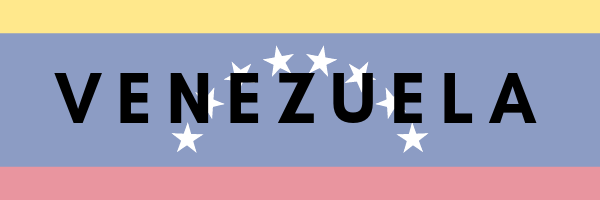
The Maduro regime begins to militarize the border with Colombia as Venezuela also tests the limits of its maritime and air border with Guyana. This month, the Venezuelan military began deploying troops, aircraft, tanks, and artillery towards its western border with Colombia, as part of a joint military exercise called “Bolivarian Shield” celebrated around the anniversary of the death of the late “Supreme Commander” Hugo Chávez Frias. The tension is further stoked with a new anti-drug law in Venezuela that could serve as a predicate for more aggressive cross-border actions from the Maduro regime. Especially as Maduro falsely blames Colombia for the illicit narcotics in Venezuela.
Things aren’t much better on Venezuela’s eastern border, where the Maduro regime continues to harass Guyana over a century-old border dispute that was resolved, for the second time, late last year. Reports that Venezuela has warned it will defend “at all levels” the rights it claims to have over the Essequibo region come as two fighter jets crossed over into Guyanese airspace in early March.
Across the Caribbean, Venezuela’s ally, Haiti, is experiencing a late onset of the Bolivarian breeze that swept through the country in 2019 via nationwide protests. This time, however, a former minister in the Dominican Republic warns that the protests are part of a larger plan, to weaken the border between the two countries, prompting Dominican President Luis Abinader to erect a new border fence between the two countries.
In South America, a different kind of Bolivarian breeze is sweeping across the continent, one focused on political persecution against opponents of authoritarian regimes in Venezuela, Argentina, and Bolivia. Highlighted by the recent arrest and detention of former Bolivian President Jeanine Añez on trumped up “terrorism” charges. While in Brazil, a Supreme Court Justice exonerated Luiz Inácio Lula da Silva of two prior corruption convictions opening a path for the former president to return to power.
The #FreeLulaMovement used a combination of disinformation and political pressure to establish false narratives around Lula’s perceived innocence. A similar effort is underway in Venezuela, aimed at freeing Alex Saab, an accused money-launderer and Maduro associate currently detained in Cape Verde. Saab, who earlier this year looked to be extradited to the United States, is now being aided by the Economic Community of West African States (ECOWAS) and a Twitter war waged by the Maduro regime.
The resurgence of authoritarian regimes in Latin America and the Caribbean is concerning, particularly in a post-COVID environment where countries are slowly recovering from the adverse economic effects of the novel coronavirus. Next month, Ecuador and Peru take to the polls, where, in both countries, there is an authoritarian candidate waiting in the wings to become president.
Click here to read media reports on the Bolivarian Threat Network
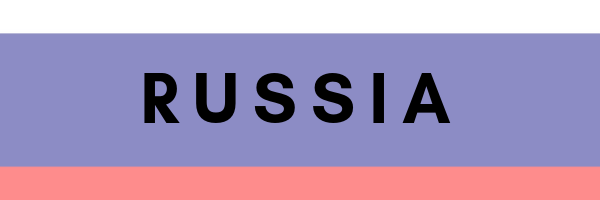
As Russia continually arms Venezuela’s military, it has, again, approached Argentina to offer defense equipment, including military planes for their Air Force, setting the stage for a potential triangular relationship. Images posted by the Operational Strategic Command of Venezuela’s Armed Forces show the unit outfitted with reflective patches, typical of the Russian Army, and manning Russian-made rocket launchers.
At a time when Russia seeks military inroads into Argentina, the Fernández government has decided to extradite a Colombian citizen, accused of large-scale theft, expanding diplomatic cooperation between Moscow and Buenos Aires. Moreover, Argentina is also the first Latin American country to extend flight paths to Russia. In December 2020, Aerolíneas Argentinas inaugurated the new route to Moscow, with four more flights occurring in January and February of this year. The new Argentine flights to Russia are complemented by Conviasa flights, the Venezuelan state-owned airline. Code-shares between Venezuelan and Argentine flights to Russia is a possible point of cooperation discussed in a recent bilateral meeting between the Russian ambassador in Caracas and Maduro regime strongman, Diosdado Cabello.
Russia’s military operations in South America are cloaked under its more visible coronavirus medical diplomacy in the continent. Additional shipments of the Sputnik V vaccine recently arrived in Paraguay, Mexico, and Honduras, and, in late February, Argentina announced that a local lab in Buenos Aires will start producing the Russian vaccine.
Click here to read media reports on Russia in LAC
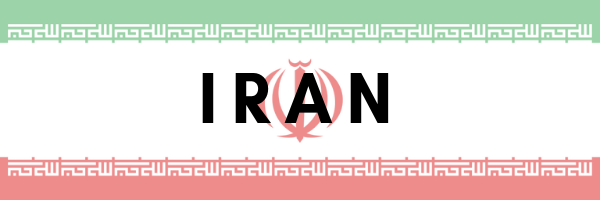
Approaching one year since Iran sent its first fuel shipment to Venezuela, the Islamic Republic continues supplying the South American country despite some shipping companies shunning the two oil-producers for fear of running afoul of the United States. On February 21, another Iranian shipment of approximately 44 million liters of gasoline arrived at the El Palito refinery in Venezuela. One week later, an IRGC-linked cargo airline, Fars Air Qeshm, touched down in Caracas carrying catalysts for PDVSA after a stopover in Belgrade.
The IRGC continues to control Iran and Venezuela’s commercial cooperation, which now includes a swap of jet fuel to Iran in exchange for oil and spare parts for Venezuela’s struggling refineries. The Iran-flagged tankers Fortune and Faxon, managed by the IRGC-affiliated National Iranian Tanker Company (NITC) are believed to have carried jet fuel and alumina in its return trips to Iran. In addition, Venezuela has also supposedly provided Iran with uranium, according to a recent statement by Juan Guaido. The interim president of Venezuela reported that several members of the Maduro regime’s military have been arrested smuggling uranium out of the country, believing the final destination to be Iran.
Beyond Venezuela, Iran is making diplomatic overtures to other Latin American nations, namely Mexico. Now, as a border crisis looms on the U.S. southwest border, Mexico welcomes a new Iranian Ambassador Alireza Ghezili, who previously served as the head of mission in Bolivia. Mexican President Andrés Manuel López Obrador received the diplomatic credentials of Ghezili as the new ambassador who reiterated Iran’s readiness to strengthen its bilateral relationship with Mexico.
Click here to read media reports on Iran in LAC
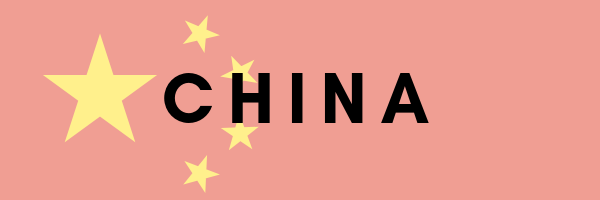
For almost a decade, China has used its Belt and Road Initiative (BRI) as its top foreign policy tool to exert political influence worldwide. In Latin America, China’s BRI has, thus far, only found fertile ground in Caribbean countries and ALBA allies. The novel coronavirus last year halted many Chinese-backed infrastructure projects in the region framed as part of BRI. Argentina, Colombia, Brazil, and Mexico, the four largest economies in Latin America, which account for 70% of the region’s GDP, have not inked a BRI deal with China, yet.
The change of the guard in Argentina and Mexico have prompted discussion into potential new BRI deals in their countries. Now, Colombia, a staunch U.S. ally could also be reconsidering its position. On February 25, China’s President Xi Jinping had a phone conversation with Colombian President Ivan Duque where the former stressed China’s BRI as a new opportunity for Colombia.
But while China is looking for new collaboration with Colombia, it is hitting a wall in some previous infrastructure projects. Chile’s economic prosecutor’s office (FNE) has launched an antitrust investigation into the purchase of local public utilities firm CGE by a Chinese state-owned electricity company. In neighboring Peru, civil society organizations are warning of serious impacts to human and environmental health that could result from the construction of the Chancay Multipurpose Port Terminal, led by Chinese company COSCO. In Venezuela, conflicts over labor and the environment boil over as plans for a 468-kilometer stretch of railway from Tinaco to Anaco derail. Fifteen years after the original contract, barely a third of the proposed railways are in operation.
As some of its infrastructure projects snags, China continues to peddle its coronavirus vaccines across the region, opening a new angle in its medical diplomacy. The Director-General of the Food and Agriculture Organization of the United Nations (FAO), QU Dongyu, addressed the 2nd China-CELAC Forum on Agriculture, where he stressed the importance of strong partnerships to overcome the impacts of the COVID-19 pandemic and announced a project to boost the use of digital technologies in the region.
Click here to read media reports on China in LAC or more on VRIC medical diplomacy
Disclaimer: The VRIC Monitor does source a limited amount of media reports from state-owned or -controlled media outlets from VRIC nations. These media reports are carefully selected and solely intended to report on cultural, diplomatic, economic, or military activities that are not reported on by other media and relevant for understanding VRIC influence in the region. Given the inevitability that state propaganda will be mixed into these articles, we ensure that reporting from state-media outlets is no more than 20 percent of the overall VRIC Monitor and exclude any opinion pieces or anti-US (anti-West) declarations of any kind.

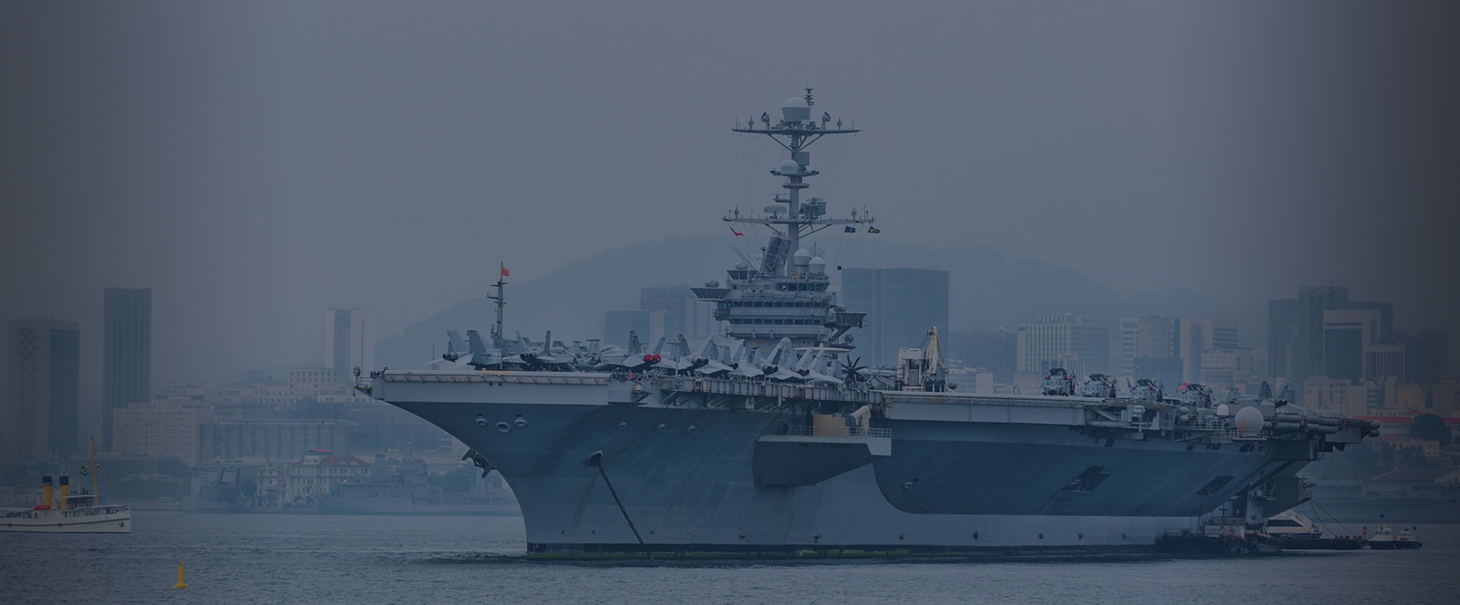
 Christina Armes Hunter
Christina Armes Hunter